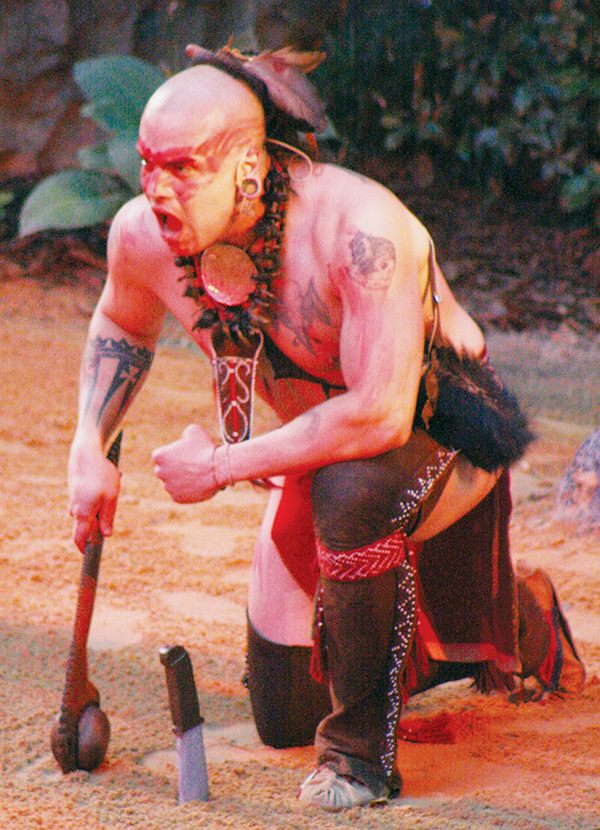* Fifth in a series

What would you do if the federal government ordered you to leave your home and move to a place you had never seen? Would you ignore the order, thinking it too ridiculous to be taken seriously?
When it became clear that the threat was imminent, when the soldiers showed up at your home, would you comply?
Would you run?
Would you hide?
Would you fight?
After Andrew Jackson’s Indian Removal Act of 1830 and the Treaty of New Echota of 1835, the Cherokee of the southeast faced these questions.
One of the many Cherokee who opted to stay – then to fight – was Tsali.
While some Cherokee adopted many of the white man’s ways, Tsali was a traditionalist with no interest in being enculturated.
Born in Coosawattee Town – presently the site of Ellijay, Ga. – Tsali fought alongside the war chief Dragging Canoe and later tried to convince his fellow Cherokee to join Tecumseh’s Confederation against the whites.
In a letter to William Henry Harrison in 1810, the Shawnee chief explained the reason for his resistance: “The only way to stop this evil is for all the red men to unite in claiming a common and equal right to the land.”
When Tsali’s contingent was outvoted, he retreated to the mountains of western North Carolina, the only place he considered safe from white encroachment.
But by 1838, thousands of Cherokee were being forced westward along the Trail of Tears.
When U.S. soldiers finally found Tsali and his family near present-day Bryson City, they took the Cherokee into custody with no initial resistance.
However, as the party of five whites began pushing the family along the trail, something happened.
Some stories have a soldier poking Tsali’s wife with his bayonet to make her move faster. Another has a soldier causing the death of a Cherokee child. Whatever triggered the resistance, the Cherokee turned on their captors, killing one outright and wounding two – one fatally – before fleeing into the mountains.
The government soon offered a bribe to the remaining Cherokee, including Tsali’s former neighbor, Euchella: if they helped capture Tsali and his group, Euchella and his people would be exempt from removal.
All fugitives but Tsali were soon captured, with three Cherokee men executed by firing squad.
Here the legend again diverges. Did Tsali hear of the U.S. government’s offer to spare his people if he sacrificed his own life? Did he turn himself in, knowing that he would be executed?
Or did he remain a fugitive until he was hunted down – like his allies – and summarily executed?
Historical accounts vary, but whether or not Tsali deliberately martyred himself for his people, Tsali did die for their freedom.
He stayed.
He fought.
He resisted.
And he become a legend who is celebrated to this day.
Though the white establishment tended to refer to Tsali as “Old Charley,” Tsali’s true name now adorns the Tsali Recreation Area, Tsali Road in Stecoah, and Tsali Boulevard in Cherokee, and he is a central figure in the Unto These Hills production in Cherokee.
Perhaps a lesser-known honor is Tsali Day itself – the day after Thanksgiving – when the EBCI remembers Tsali as a symbol of resistance, as a leader who fought against impossible odds, and as a man who died for his people.
